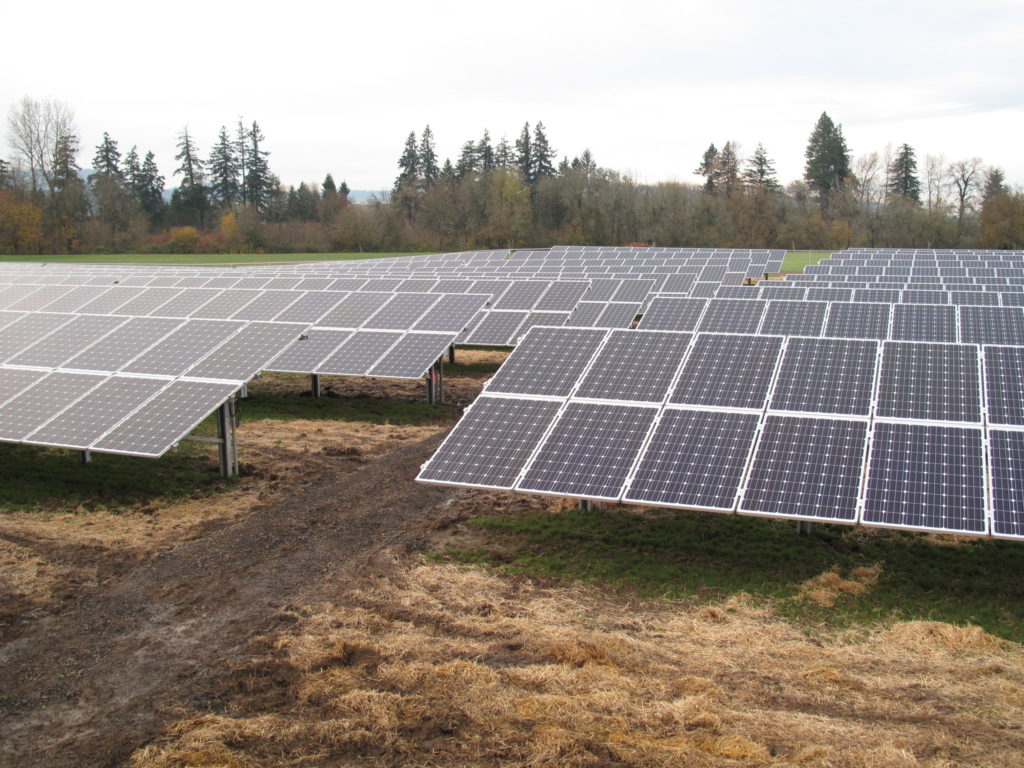
A couple of years ago, the number of American roofs covered with solar panels passed the one million mark and the numbers keep growing. But nearly half of U.S. households – accounting for more than 154 million people – aren’t able to host their own solar arrays because they lack suitable rooftop space, or they rent their homes. But millions more simply can’t afford to spend tens of thousands of dollars to buy or lease solar panels.
In recent years, community solar has become popular. These are projects where multiple participants own or lease shares in a mid-sized solar facility and receive credits that lower their monthly utility bills. Community solar in the U.S. has more than quadrupled just since 2016.
However, the majority of community solar subscribers to date have been businesses, universities, government agencies, and higher-earning households. These users can generally pay steep project enrollment fees or meet various financial requirements. Meanwhile, those who could benefit most from access to renewable energy and lower utility bills – low-income residents – have largely been left out.
Low-income households on average spend over 8% of their income on utility bills, about three times more than moderate- to high-income households. So, reducing electricity bills with community solar power is a big deal for them.
Given this situation, there are now a growing number of programs that make use of community solar to reduce living expenses for low-income households. In a dozen states, new programs include a variety of mandates, financial incentives, and pilot programs targeting benefits for people with low incomes. These programs will allow them to participate in both the environmental and economic benefits of renewable energy.
**********
Web Links
Energy Equity: Bringing Solar Power to Low-Income Communities
Photo, posted November 27, 2012, courtesy of Oregon State University via Flickr.
Earth Wise is a production of WAMC Northeast Public Radio.
Leave a Reply